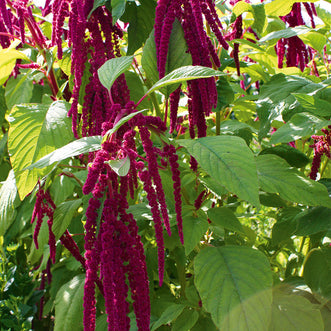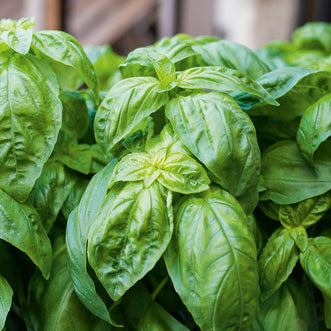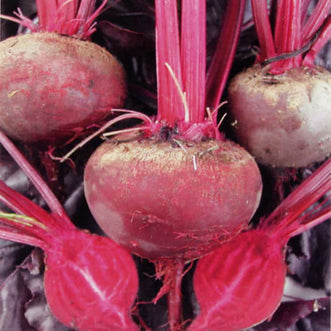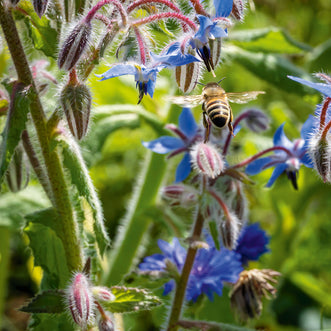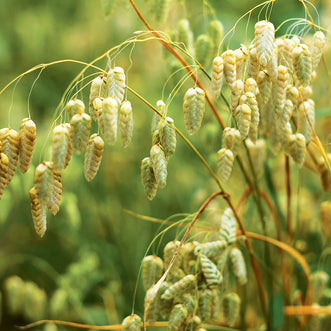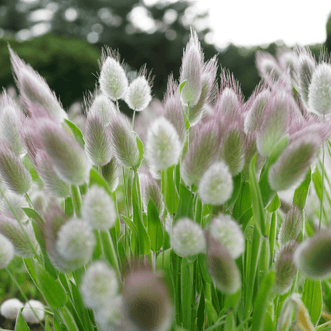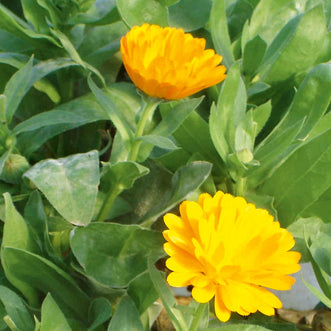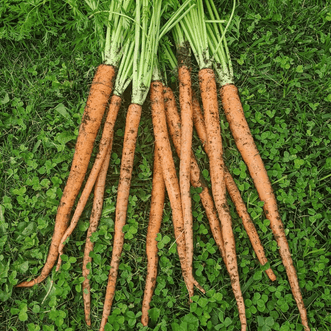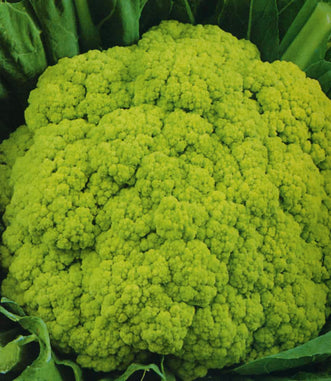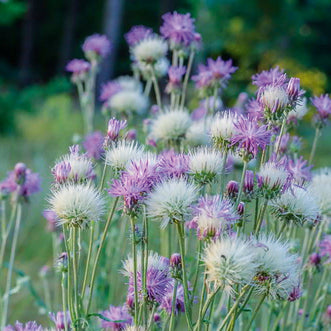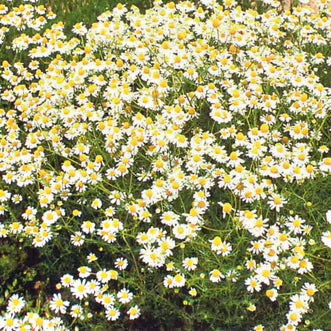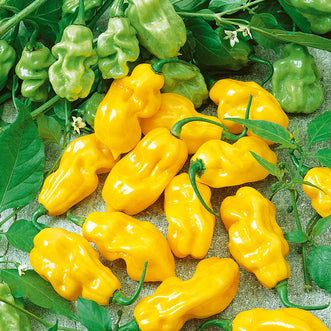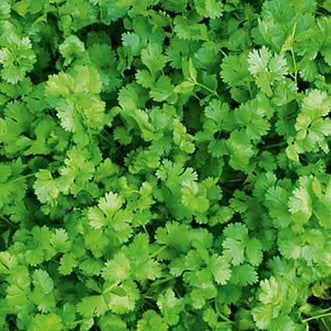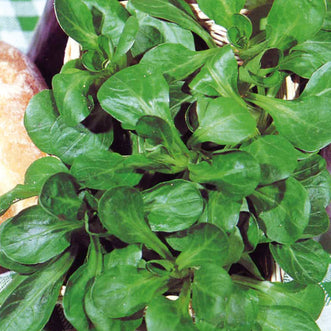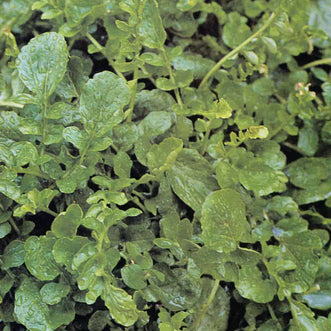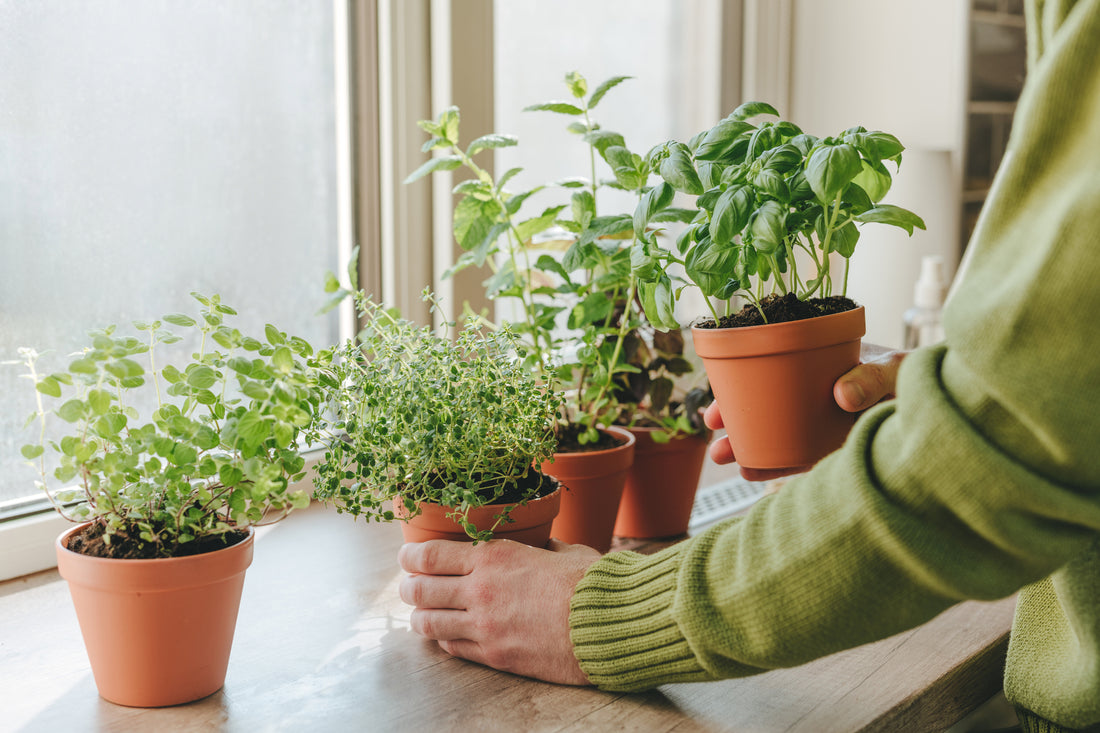
Indoor Gardening: Growing Herbs & Greens Inside | Kings Seeds
Candy RoseWelcome to our guide to indoor gardening. As winter has us huddled inside keeping warm, outdoor gardening becomes limited, but fear not! You can still enjoy the pleasures of gardening by starting an indoor herb garden or growing microgreens indoors and sprouts on your windowsill. In this beginner's guide, we will provide valuable tips on containers, soil and lighting to help you successfully grow herbs and greens inside during the winter months.
How to Start an Indoor Garden
First, select a suitable location with access to natural light or consider investing in artificial lighting, like a Kitchen Garden from Vegepod. Next, choose the containers or trays for your indoor garden. For indoor gardening, you can use a variety of planters, such as small terracotta pots, hanging planters, self-watering planters, decorative planters or even as simple as recycling plastic containers. These options are versatile and can fit into different spaces, making them suitable for growing herbs and greens inside over the winter. Remember, you only need a little space to get started; even a windowsill can be a perfect spot for some small pots and jars.
What to Plant in an Indoor Garden: Herbs, Sprouts & Microgreens
When it comes to indoor gardening, selecting the right plants is essential. Some of the best herbs to grow indoors would be basil and chives, adding colour and freshness to your winter dishes. Additionally, consider growing nutrient-packed microgreens and sprouts, such as radish, broccoli, or alfalfa. These quick-growing greens are bursting with flavour and essential nutrients, making them a fantastic addition to your indoor garden. Let's list the different plants suitable for your indoor winter garden;
Indoor Herb Garden:
Plants such as; Basil, Parsley, Dill, Catmint, Catnip, Chamomile, Chervil, Chives, Coriander, Culantro, Feverfew, Orange Balm, Lemongrass, Sage, Winter Savory, Spearmint, Stevia, Tarragon, Thyme, and Valerian.
Indoor Microgreen Garden:
Varieties such as; Cress, Basil, Radish, Rocket, Amaranth, Beet, Broccoli, Cabbage, Celery, Chervil, Coriander, Fennel, Kale, Kohlrabi, Lettuce, Mizuna, Mustard, Nasturtium, Onion, Pak Choi, Parsley, Pea, Spinach, Sunflower, Tic Bean, Watercress and Wheatgrass.
Indoor Sprout Garden:
Seeds such as; Alfalfa, Broccoli, Lentils, Mung Bean, Pea, Radish, Clover or any of our specialty blends.
Growing sprouts or microgreens indoors can be a quick, fun and tasty way to get into indoor winter gardening. You can also find more information on how to grow sprouts and microgreens here.
Soil Tips for Indoor Gardening
It's important to select suitable soil for your indoor garden. Choose a high-quality seed raising mix that offers good drainage and nutrition for young seedlings and plants. You might also want to add organic matter to improve water retention, soil fertility and health like our Wool Grow Buds. Refrain from using fresh manure or compost that could make your indoor areas smell, burn delicate seedlings and seeds, or may contain foodborne diseases such as E.coli.
You could add a natural soil enhancer from waste wool but make sure it is incorporated into the soil before planting and only use for herbs and the like, not microgreens. This will provide a slow release of nutrients to feed your indoor garden throughout the season. It encourages beneficial soil microbes and improves your soil structure—a great addition to your indoor planters.

Containers and Trays for Indoor Gardening
The choice of containers, such as pots, planters, trays or jars, depends on the available space and the specific needs of your plants. When choosing containers, it is important to consider the material, size and drainage capabilities. Opt for containers with drainage holes to prevent waterlogging and root rot, as excess water can be detrimental to plant health. Also, some plants require deeper containers to accommodate their root systems and promote proper root growth.
One sustainable option for filling pots without making them too heavy is to use a mix of materials, such as peat-free compost combined with perlite or vermiculite. Another option is to use a layer of recycled packaging materials, such as crushed plastic bottles, at the bottom of the pot to take up space without adding excessive weight. These methods can help maintain a manageable weight while also being kind to the environment.
Growing sprouts indoors is made easy with our jars and lids, designed for convenient cleaning and growing. We have also found growing microgreens indoors can be made easier with our propagation trays and the addition of the wool liner for water retention and cleanliness.
Choosing the Right Lighting
Lighting is critical for all gardening, particularly for your indoor winter garden, if you want success, mainly when natural light is limited during the cooler months. A sunny north-facing window that gets all-day sun should be sufficient. If natural light is insufficient, you can supplement it with artificial lighting. LED grow lights are a handy choice for indoor gardening as they provide the necessary spectrum of light for plant growth while being energy-efficient.
When using grow lights, choose the right light for your indoor plants - options include fluorescent or LED. Position the lights above the plants to provide the right light intensity. Set a consistent lighting schedule based on the plants' needs, typically 16-18 hours daily for seedlings and 12-14 hours for mature plants. Monitor your plants' response to the light and adjust the positioning of the lights as needed. Other growing conditions, such as temperature, humidity and airflow, should be considered to create an environment that supports healthy plant growth.
You can effectively use indoor grow lights in the darkest places to cultivate a thriving indoor garden.
Start Your Indoor Garden this Winter
Indoor gardening is a delightful and fulfilling activity, particularly during the winter. With the proper guidance and dedication, you can create a thriving indoor garden that enhances your living space and air quality while providing fresh herbs and greens for your culinary adventures.
Now that you have all the essential tips, it's time to roll up your sleeves and start your indoor garden this winter, which will thrive into spring and summer. Head to our website and gather your supplies. Select your favourite herbs, sprouts, or microgreens from our vast selection, and enjoy the delights of indoor gardening and the fresh produce available at your fingertips.
Don't let the winter chill dampen your gardening spirit – embrace indoor gardening.






